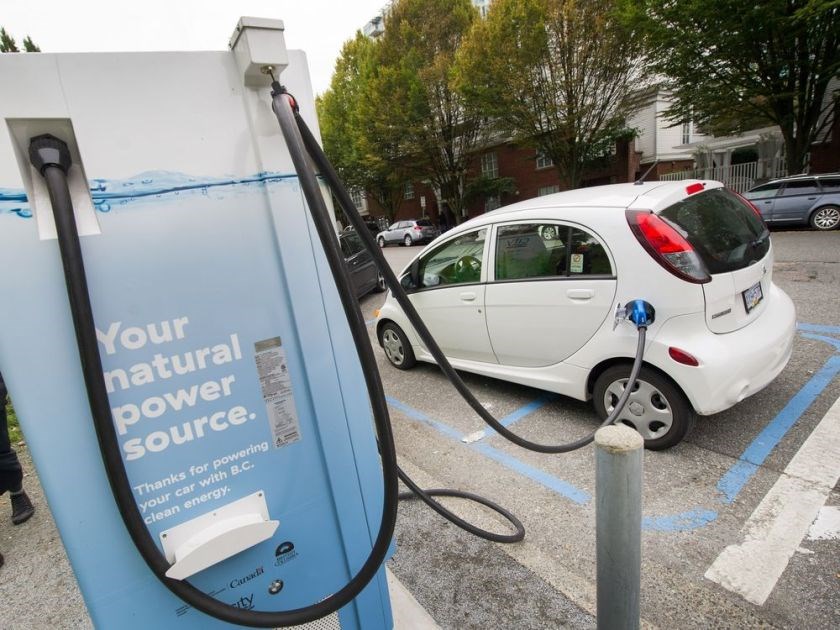Hundreds of thousands of British Columbians will need to switch to electric heat, install energy-saving devices like heat pumps and purchase electric vehicles if the NDP government has any hope of meeting its climate targets after approving a new liquefied natural gas industry.
Premier John Horgan’s government has begun to shed light on how it expects to meet pollution reduction goals after LNG Canada approved its $40-billion terminal and pipeline in Kitimat.
Exact details will be released in the government’s climate plan later this fall. But provincial officials offered media a high-level overview this week of the path for B.C. to get 75 per cent of the way to its goal of cutting greenhouse gas emissions 40 per cent below 2007 levels by 2030.
“Big investments like this, though it has an impact on our GHG numbers, gives us an opportunity to be bold on government directed innovation on things like transit and giving incentives to people to improve their own footprint in their houses,” Horgan told Postmedia News.
B.C. currently produces slightly more than 60 million tonnes of carbon dioxide equivalent a year, and needs to get closer to 35 million tonnes by 2030 to meet its legislated goal.
The government has already put in place some measures — including increasing the carbon tax, electrifying oil and gas operations, a clean growth program for companies, and federal rules on heavy duty vehicle emissions — to cut almost seven million tonnes, according to its estimates.
Another 17 million tonnes of pollution remain as a gap in the plan. Of that, roughly 20 per cent is attributable to the LNG Canada project, according to government figures.
To get a sense of the scale of change required to meet government’s targets, consider that Clean Energy Canada estimates more than 900,000 B.C. drivers would need to replace their current gas or diesel vehicles with new electric vehicles just to eliminate the new pollution to be caused by LNG Canada. And that would still only account for one-fifth of the province’s total pollution gap under the climate plan. There are currently only 8,500 registered electric cars in B.C. and 45,000 hybrids.
Put another way, almost 950,000 homeowners would need to replace their natural gas furnace with either an electric heat pump or 100 per cent renewable gas to cancel out LNG Canada’s greenhouse gas emissions.
Installing a heat pump can cost thousands of dollars, but the government intends to develop an aggressive incentive program there as well. Senior officials highlighted this week the example of Germany, where people receive an upfront loan to purchase a heat pump and pay it back out of savings in their heating bill.
Horgan said he’s mandated B.C. Transit to purchase hydrogen busses for its fleet. The government will also encourage businesses to upgrade equipment to reduce pollution using incentive funding drawn from carbon tax revenue.
One challenge will be to get ordinary British Columbians to convert to B.C. Hydro electricity when it currently costs more than natural gas. Provincial officials made clear B.C. Hydro won’t be cutting rates any time soon, as it wrestles with its own financial difficulties.



